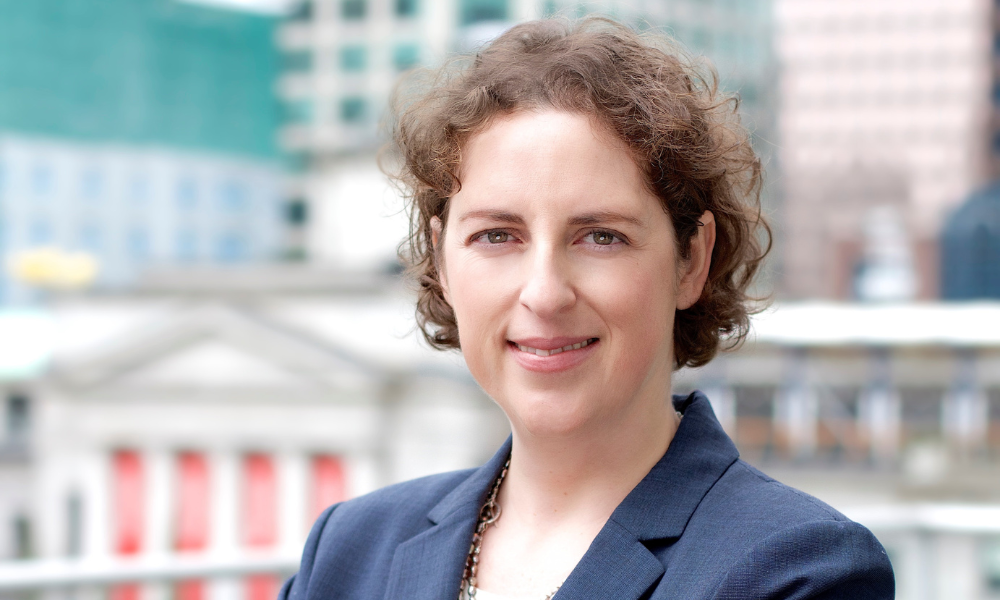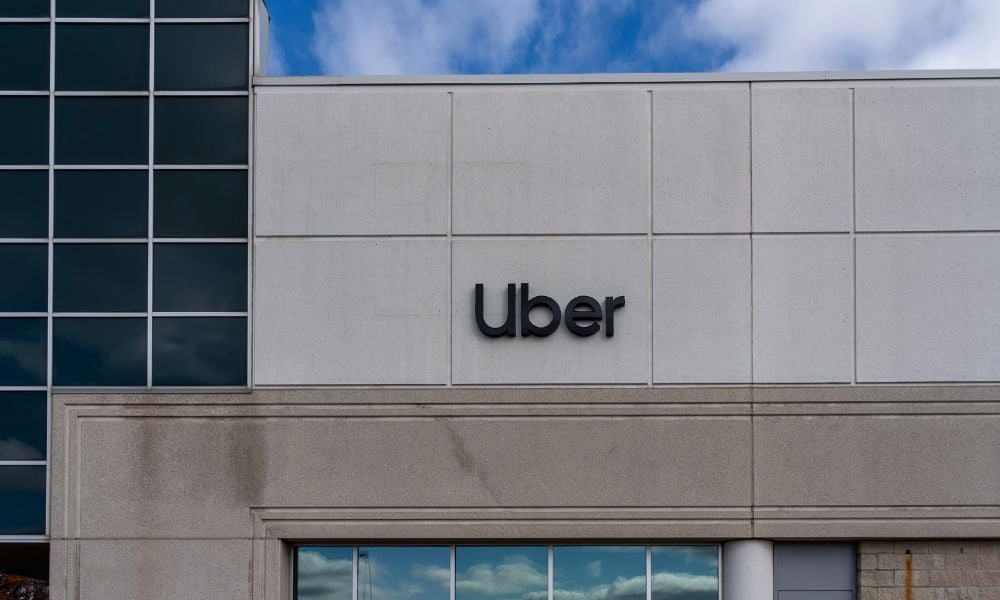'There's definitely more action and initiative in this area than ever before,' says Dr. Georgia Pomaki

In recent years, there has been a marked shift in workplace mental health practices, as noted by Dr. Georgia Pomaki, director of mental health best practices at Manulife. She believes the focus on psychological health and safety has seen organizations place greater importance on the wellbeing of their employees.
Dr. Pomaki highlights that this evolution has been a "progressively positive change," with more organizations now recognizing the significance of mental health in the workplace. However, she admits that there is still a long way to go.
“There’s definitely more action and initiative in this area than ever before," she explains, though concrete steps to move the needle are still necessary.
Three primary drivers have contributed to the transformation of psychological health in workplaces: the pandemic, technological advancements, and demographic shifts. The pandemic, as Dr. Pomaki notes, reshaped expectations around remote work, a trend that continues to influence work arrangements.
She cites a Statistics Canada study showing that while 40% of Canadians worked from home during the pandemic’s peak in 2020, this number dropped to 20% by late 2023.
"The pandemic has been a significant event, and we’re seeing how organizations and employees are adjusting to say, on-site versus remote work," she says. The psychological impact of working remotely—where many find it challenging to separate work and home life—has been profound.
In response, many organizations have sought to support their leaders with mental health training, ensuring they are better equipped to identify early signs of mental health issues.
“Leaders are being offered more supports,” Dr. Pomaki adds, which is a positive step forward. Yet, the challenges continue to mount as technology and AI redefine work roles. Employees face uncertainty over necessary skills and shifting job demands, contributing to heightened workplace stress.
Demographic changes also play a crucial role in reshaping psychological health practices. Baby Boomers now account for less than a quarter of the workforce, while millennials make up the largest share.
Shifting workforce
According to Statistics Canada, Millennials and Generation Z are more educated and diverse than previous generations. Dr. Pomaki adds that these groups bring different expectations around diversity, equity, and inclusion. And the increasing importance of DEI initiatives, alongside changing workforce demographics, is influencing the landscape of psychological health at work.
One major development in this field is the growing emphasis on mental health benefits. Manulife, for instance, offers an impressive $12,000 annually per family member for mental health services.
“That’s incredible, if you think about its impact,” Dr. Pomaki states, noting how this move also signals a strong message of support from organizations. More companies are offering enhanced access to mental health services, with many planning to expand these offerings in the future.
The concept of safety in the workplace has traditionally focused on physical health, but psychological safety is now being recognized as equally critical. As Dr. Pomaki explains: "When we all talk about how it’s important that workplaces are safe for employees, do we mean just physical health and safety, or do we include psychological health and safety?"
These two forms of safety are often interconnected, she argues. For example, stress from job demands can lead to both psychological harm and physical illness.
"Organizations cannot be successful if their employees are not healthy and productive," she asserts, emphasizing the long-term benefits of investing in mental health.
While the national standard for psychological health and safety in the workplace provides a framework for organizations, adoption has been inconsistent. According to a Benefits Canada survey cited by Dr. Pomaki, only 44% of organizations were aware of this standard, and larger companies were more likely to have implemented it. However, of those aware of the standard, around 37% had already put it in place, with others planning to follow suit.
“There’s definitely a lot of interest and adoption,” she says, stressing that this framework guides companies on how to protect employees' psychological health effectively.
Dr. Pomaki also identifies common psychological risks, such as job design, workplace discrimination, and workload, all of which can impact mental wellbeing.
"Job design is key," she explains, noting that unclear expectations or conflicting demands can create significant stress. Discrimination, violence, and harassment have profound effects on employees, particularly when there are inadequate policies or enforcement mechanisms in place. On the issue of workload, she emphasizes that organizations have a duty to protect employees from being overwhelmed, urging them to reassess task distribution and ensure that employees disconnect outside of work hours.
Moving forward, Dr. Pomaki emphasizes the importance of continuous, proactive measures to protect psychological health, with a strong focus on prevention. The Plan, Do, Check, Act framework used in occupational health and safety is equally applicable here.
"It’s really a plan, do, check, act, and ongoing strategy," she says, explaining that organizations need to regularly review and improve their policies to keep pace with evolving challenges. Ultimately, creating a workplace where employees feel both physically and psychologically safe is not a one-time effort but an ongoing commitment.





